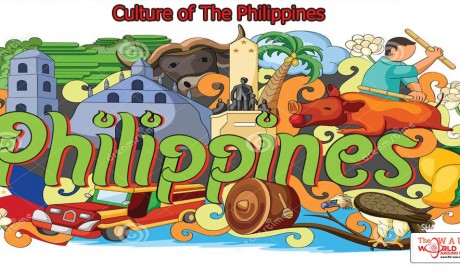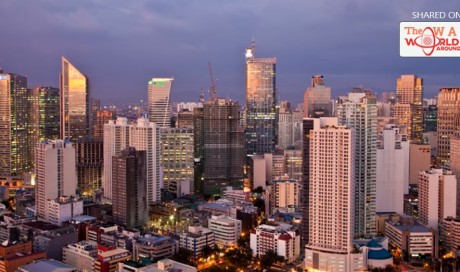Gender Roles and Statuses
Division of Labor by Gender. Traditional roles prevail in rural areas, where men cultivate the land but the entire family is involved in planting and harvesting the crops. Women work in gardens and care for the house and children as well as barnyard animals. In urban areas, men work in construction and machine upkeep and as drivers of passenger vehicles. Women work as teachers, clerks, owners of sari-sari stores, marketers of produce and health care providers. Occupational gender lines are blurred since men also work as nurses and teachers. In the professions, gender lines are less important. Women attorneys, doctors and lawyers are found in the provinces as well as in urban areas.
The Relative Status of Women and Men. While families desire male children, females are welcomed to supply help in the house and provide a home in the parents' old age. Women's rights to equality and to share the family inheritance with male siblings are firmly established and are not questioned. The oldest daughter is expected to become an OSW to provide money for the education of younger siblings and for the needs of aging family members. Women are the familial money managers. The wedding ceremony can include the gift of a coin from the groom to the bride to acknowledge this role.
Since personal relationships and wealth are considered the road to success, women have an equal opportunity to achieve. Winners of beauty pageants are likely to succeed in the business and professional world, especially if the pageant was at an international level.
Marriage, Family and Kinship
Marriage. Marriage is a civil ceremony that is conducted city offices. A religious ceremony also is performed. The ceremony is similar to those in the United States with the addition of sponsors. Principal sponsors are friends and relatives who have positions of influence in the community. The number of principal sponsors attests to the popularity and potential success of a couple. It also reduces a couple's expenses, since each principal sponsor is expected to contribute a substantial amount of cash. Members of the wedding party are secondary sponsors who do not have to provide funds.
Arranged marriages have not been part of Filipino life. However, men are expected to marry and if a man has not married by his late twenties, female relatives begin introducing him to potential brides. The median age for marriage is twenty-two. Young professionals wait until their late twenties to marry, and engagements of five to seven years are not uncommon. During this period, the couple becomes established in jobs, pays for the education of younger siblings, and acquires household items. A woman who reaches the age of thirty-two without marrying is considered past the age for marriage. Women believe that marriage to a wealthy man or a foreigner will guarantee happiness. Divorce is illegal, but annulment is available for the dissolution of a marriage. Reasons for annulment include physical incapacity, physical violence, or pressure to change one's religious or political beliefs. Interfaith marriages are rare.
Domestic Unit. The extended family is the most important societal unit, especially for women. Women's closest friendships come from within the family. Mothers and daughters who share a home make decisions concerning the home without conferring with male family members. One child remains in the family home to care for the parents and grandparents. This child, usually a daughter, is not necessarily unmarried. The home may include assorted children from the extended family, and single aunts and uncles. Several houses may be erected on the same lot to keep the family together. Childcare is shared. Fathers carry and play with children but are unlikely to change diapers. Grandparents who live in the home are the primary care givers for the children since both parents generally work. Preschool grandchildren who live in other communities may be brought home for their grandparents to raise. Indigent relatives live in the family circle and provide as household and childcare help. Young people may work their way through college by exchanging work for room and board. Family bonds are so close that nieces and nephews are referred to as one's own children and cousins are referred to as sisters and brothers. Unmarried adult women may legally adopt one of a sibling's children.
Inheritance. Inheritance laws are based on those in the United States. These laws provide that all children acknowledged by a father, whether born in or out of wedlock, share equally in the estate. Females share equally with males.
Kin Groups. Because of the closeness of the immediate family, all familial ties are recognized. Anyone who is remotely related is known as a cousin. Indigenous tribes live in clan groups. Marriage into another clan may mean that the individual is considered dead to his or her clan.
People have a strong sense of belonging to a place. A family that has lived in metropolitan Manila for two generations still regards a municipality or province as its home. New Year's Day, Easter, and All Saint's Day are the most important family holidays. Bus traffic from Manila to the provinces increases dramatically at these times, with hundreds of extra buses taking people home to their families.

...[ Continue to next page ]
Share This Post












